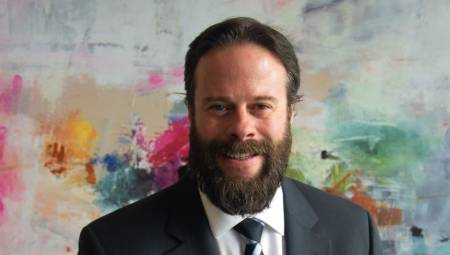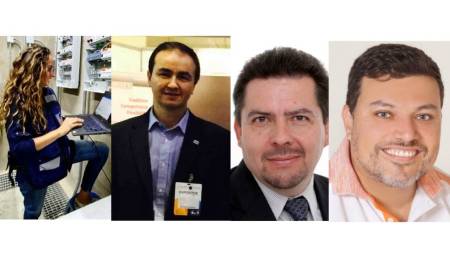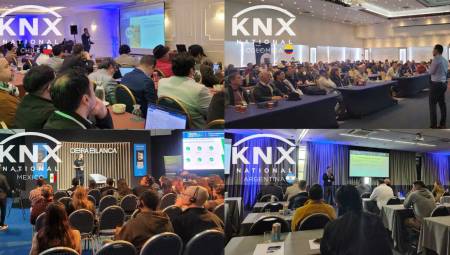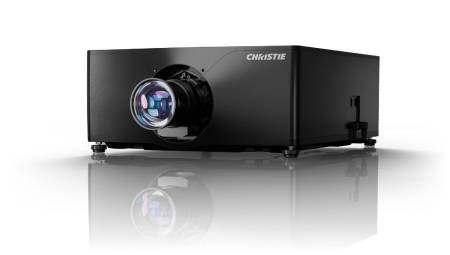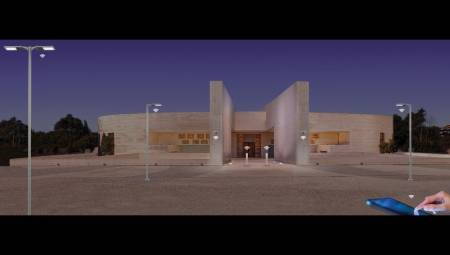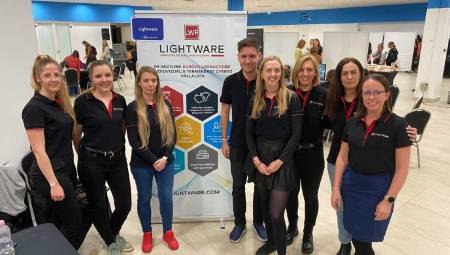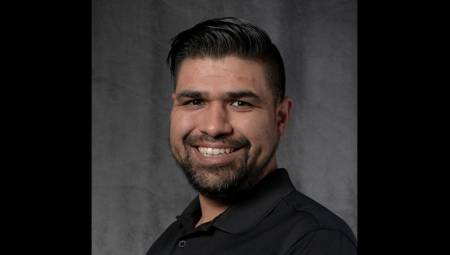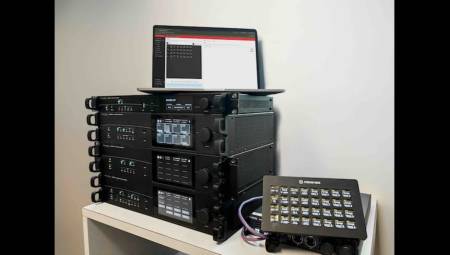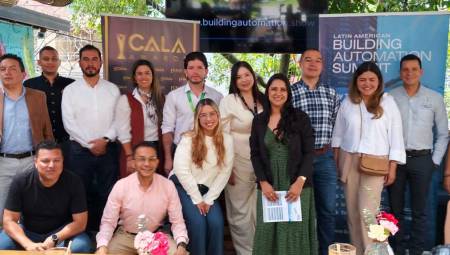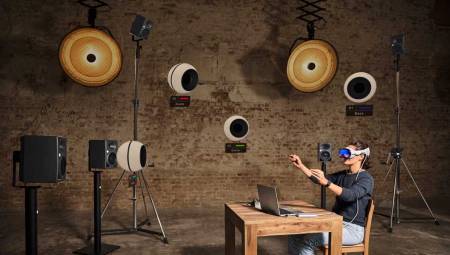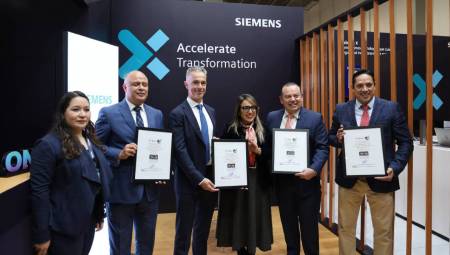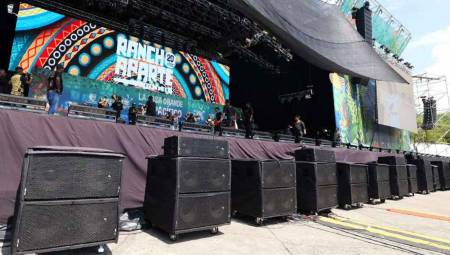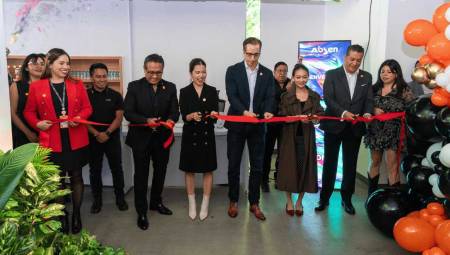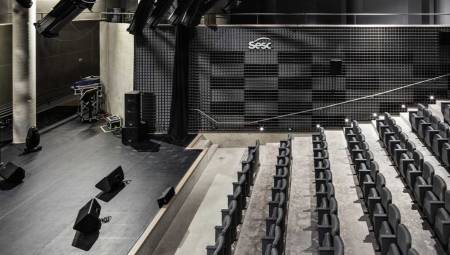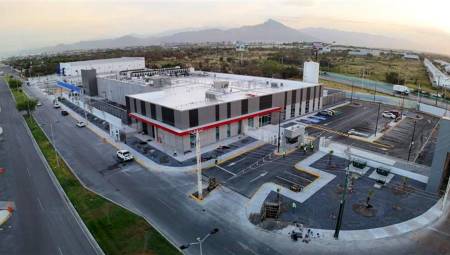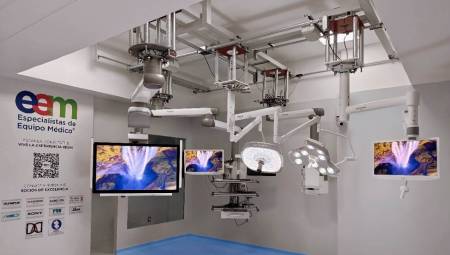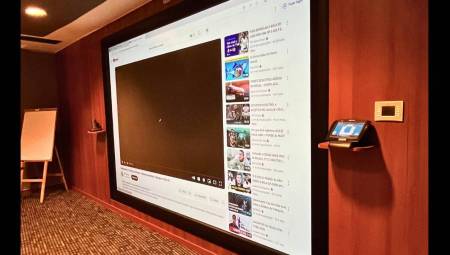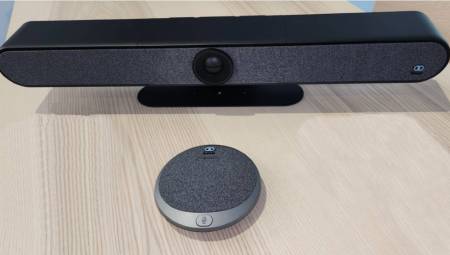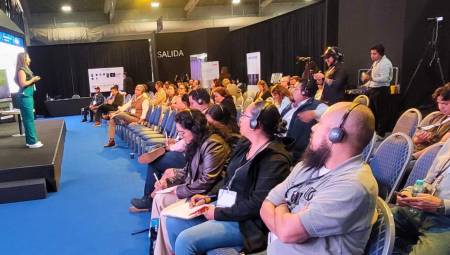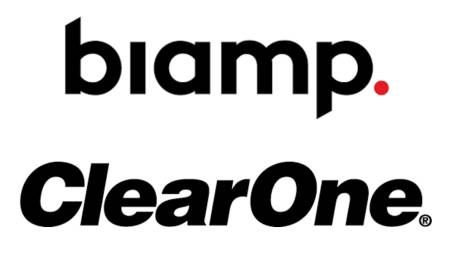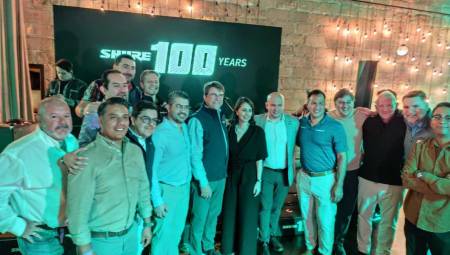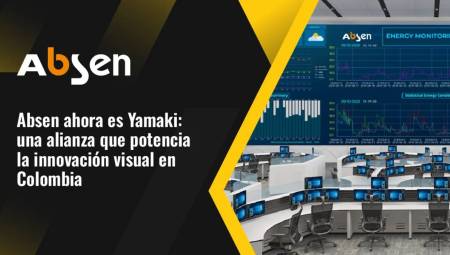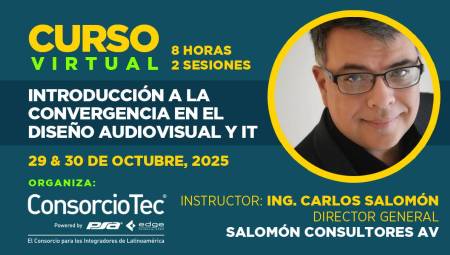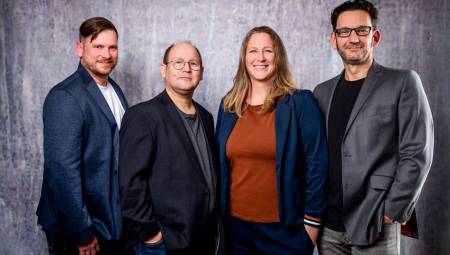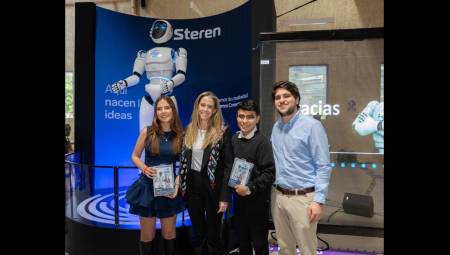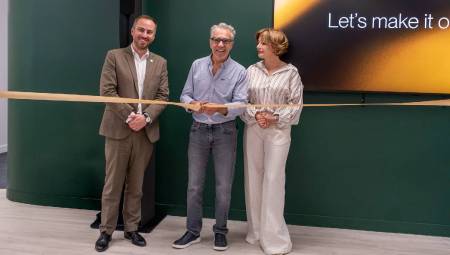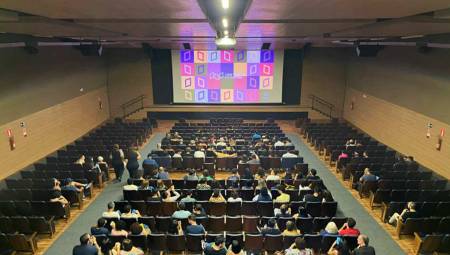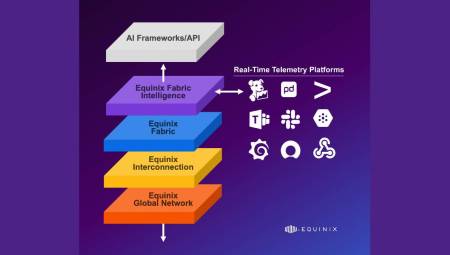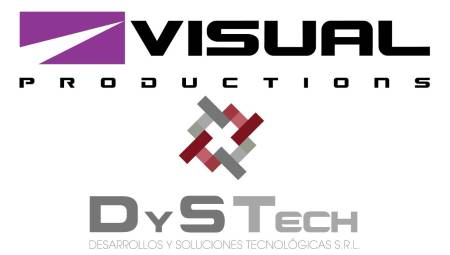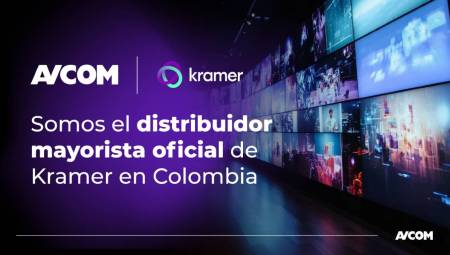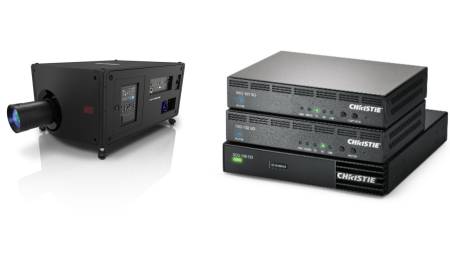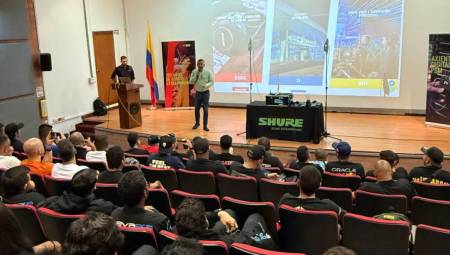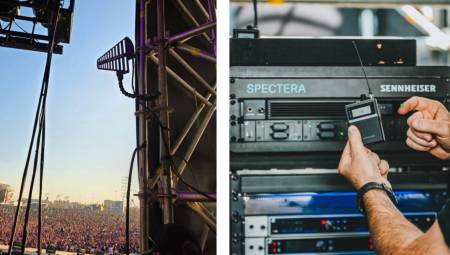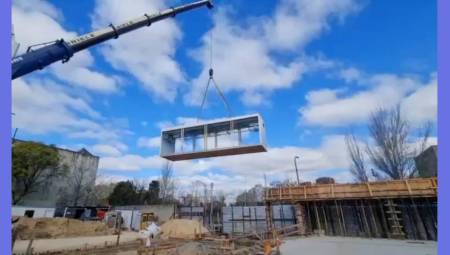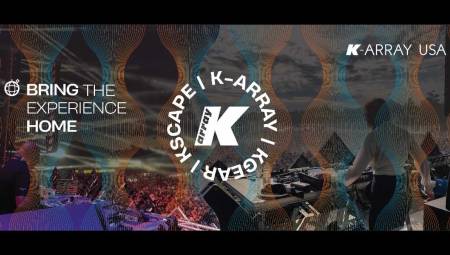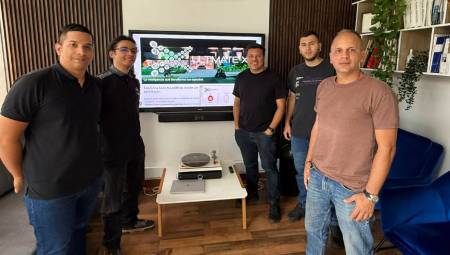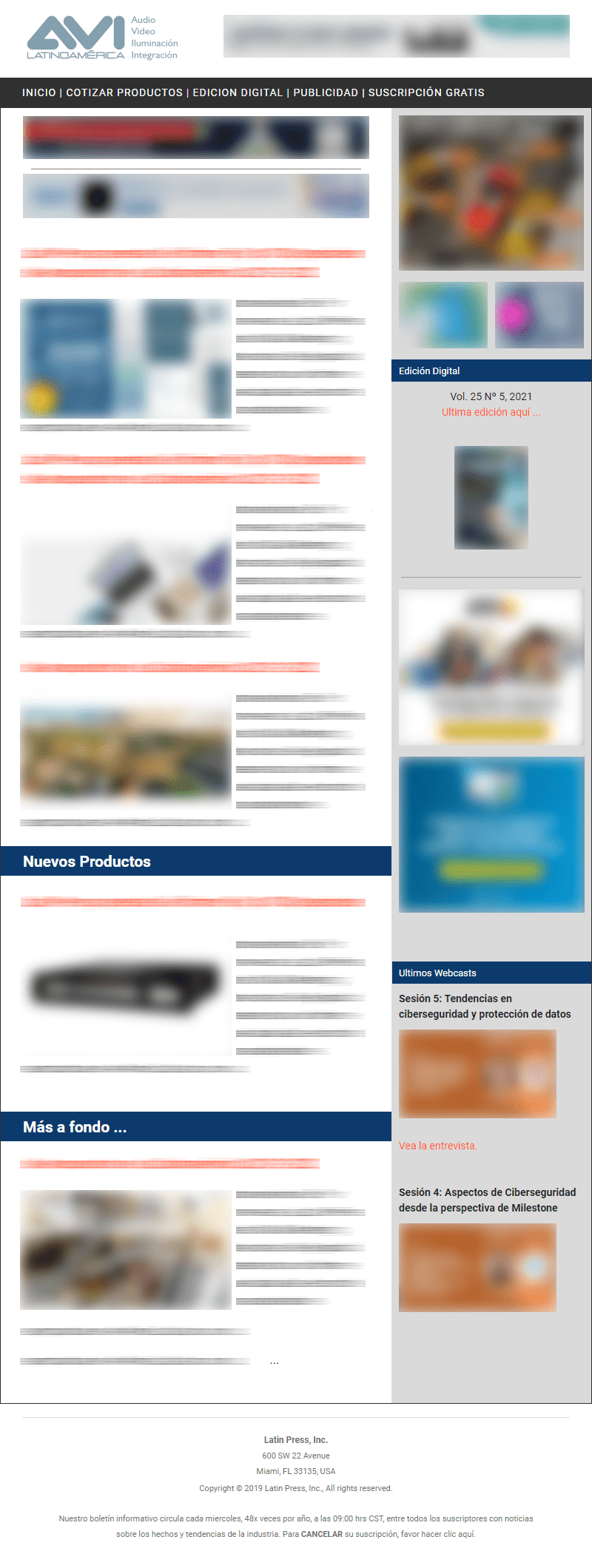 The audiovisual market in Latin America has been growing for some years, but it is necessary for distributors to do their job in a professional way so that growth is sustained in the future and is not a conjunctural moment.
The audiovisual market in Latin America has been growing for some years, but it is necessary for distributors to do their job in a professional way so that growth is sustained in the future and is not a conjunctural moment.
By Juan Tamayo
In the audiovisual guild, as in any other technological guild, we care about the advances of the medium. In each fair we attend or in each publication that comes to us via physical or electronic mail, we expect to see the latest trends and developments, sound systems that save lives, video projectors that generate a more real image, digital advertising systems that have a positive effect on the increase in sales.
But there are no sales methods, economic analysis of audiovisual markets, market trends in the region, and other factors that as entrepreneurs of the guild interest us.
We already have the best brands in Latin America. In addition to globalization and the ease of importing the systems, they make audiovisual projects of the same technological level as projects developed in countries such as the United States, Germany or another developed nation.
I have been able to observe that the multinationals that manufacture audiovisual components observe with great interest this region of the world, which until a few years ago was not important for their global sales goals. But brands have the same problem that local entrepreneurs in each country have: there are no concrete figures, no evaluation methods to know how the market behaves.
The few figures that exist in Colombia are based on macro numbers, combination of markets and another number of mixtures that it is not known for sure what the dynamics of the market are like. We are still tied to the consumer market.
For example, in government import figures, MI audio elements (microphones, audio processors, speakers) belong to the same line of import of elements such as computer speakers. There is no real discrimination of the market, making it more difficult for analysts to deliver information and take advantage of it for the benefit of the guild.
I have only touched on the subject of projects, but what happens with the day-to-day markets, of small entrepreneurs who own a store in the audio and video commerce sector of each city, there are no clear sales guidelines, there are no defined roles, a wholesale distributor owns stores, there are price differences of the same product of more than 10% between two stores that are one continuous to the other.
It can be observed that in the retail market the most benefited is the final customer, because without much effort you can observe how two entrepreneurs lower the price so much that they reach almost the cost of the product to be able to make the sale, and they do not realize that that sale caused a loss for their store, and if you add up all these losses you end up closing the business that required so much effort to open it.
I can continue to write about deficiencies in the audiovisual market in Latin America, because every day you can see everything we need. But it's not what matters. I believe that many of these drawbacks can be solved if entrepreneurs in each city or country in the region begin to think as a group, as a mass that the only thing they should seek is the stability and efficiency of the market.
Finding the best for the end user of audio or video technology is hard work, but it will generate many rewards. This proposed evolution has been experienced by other sister industries such as the electricity, telecommunications and security sectors.
Already in Latin America, the first steps have been taken. International associations such as Infocomm and Cedia are present in our countries, there are regional fairs in which technical training courses are offered. But we need much more, the ideal would be to have an association per country, where this non-profit association would help grow the audio and video market, help define local rules, help train store showcase sellers so that they are sellers of services and not products.
Educational institutions must also be involved so that professionals who enter the labor market of the guild support us in the design, tuning and execution of projects, in research of new technologies or in some other topic of interest for the growth of the technological economy.
I hope that the audio and video entrepreneurs of the region will think of these words: markets grow by cooperation and not by competition, by constant sales and not by a single big sale. The education of your employees must be a fuel that moves the company day by day and most importantly, respect for customers and competitors, because if it does not exist, there is no market that grows.






